Product details
- Publisher : Newnes; 1st edition (February 11, 2015)
- Language : English
- Paperback : 686 pages
- ISBN-10 : 0128015071
-
ISBN-13 : 978-0128015070
کتاب Real-Time Embedded Systems: Design Principles and Engineering Practices
This book integrates new ideas and topics from real time systems, embedded systems, and software engineering to give a complete picture of the whole process of developing software for real-time embedded applications. You will not only gain a thorough understanding of concepts related to microprocessors, interrupts, and system boot process, appreciating the importance of real-time modeling and scheduling, but you will also learn software engineering practices such as model documentation, model analysis, design patterns, and standard conformance.
This book is split into four parts to help you learn the key concept of embedded systems; Part one introduces the development process, and includes two chapters on microprocessors and interrupts---fundamental topics for software engineers; Part two is dedicated to modeling techniques for real-time systems; Part three looks at the design of software architectures and Part four covers software implementations, with a focus on POSIX-compliant operating systems.
With this book you will learn:
- The pros and cons of different architectures for embedded systems
- POSIX real-time extensions, and how to develop POSIX-compliant real time applications
- How to use real-time UML to document system designs with timing constraints
- The challenges and concepts related to cross-development
- Multitasking design and inter-task communication techniques (shared memory objects, message queues, pipes, signals)
- How to use kernel objects (e.g. Semaphores, Mutex, Condition variables) to address resource sharing issues in RTOS applications
- The philosophy underpinning the notion of "resource manager" and how to implement a virtual file system using a resource manager
- The key principles of real-time scheduling and several key algorithms
This book integrates new ideas and topics from real time systems, embedded systems, and software engineering to give a complete picture of the whole process of developing software for real-time embedded applications. You will not only gain a thorough understanding of concepts related to microprocessors, interrupts, and system boot process, appreciating the importance of real-time modeling and scheduling, but you will also learn software engineering practices such as model documentation, model analysis, design patterns, and standard conformance.
This book is split into four parts to help you learn the key concept of embedded systems; Part one introduces the development process, and includes two chapters on microprocessors and interrupts---fundamental topics for software engineers; Part two is dedicated to modeling techniques for real-time systems; Part three looks at the design of software architectures and Part four covers software implementations, with a focus on POSIX-compliant operating systems.
With this book you will learn:
- The pros and cons of different architectures for embedded systems
- POSIX real-time extensions, and how to develop POSIX-compliant real time applications
- How to use real-time UML to document system designs with timing constraints
- The challenges and concepts related to cross-development
- Multitasking design and inter-task communication techniques (shared memory objects, message queues, pipes, signals)
- How to use kernel objects (e.g. Semaphores, Mutex, Condition variables) to address resource sharing issues in RTOS applications
- The philosophy underpinning the notion of "resource manager" and how to implement a virtual file system using a resource manager
- The key principles of real-time scheduling and several key algorithms
منابع کتاب کتاب Real-Time Embedded Systems: Design Principles and Engineering Practices
این کتاب ایدهها و موضوعات جدیدی را از سیستمهای زمان واقعی، سیستمهای جاسازی شده و مهندسی نرمافزار ادغام میکند تا تصویری کامل از کل فرآیند توسعه نرمافزار برای برنامههای کاربردی تعبیهشده در زمان واقعی ارائه دهد. شما نه تنها درک کاملی از مفاهیم مربوط به ریزپردازنده ها، وقفه ها و فرآیند راه اندازی سیستم به دست خواهید آورد، و اهمیت مدل سازی و زمان بندی بلادرنگ را درک خواهید کرد، بلکه روش های مهندسی نرم افزار مانند مستندسازی مدل، تحلیل مدل، الگوهای طراحی را نیز یاد خواهید گرفت. ، و انطباق استاندارد.
این کتاب به چهار بخش تقسیم شده است تا به شما در یادگیری مفهوم کلیدی سیستم های تعبیه شده کمک کند. بخش اول فرآیند توسعه را معرفی میکند و شامل دو فصل در مورد ریزپردازندهها و وقفهها میشود --- موضوعات اساسی برای مهندسان نرمافزار. بخش دوم به تکنیک های مدل سازی برای سیستم های بلادرنگ اختصاص دارد. بخش سوم به طراحی معماری نرم افزار می پردازد و بخش چهارم اجرای نرم افزار را با تمرکز بر سیستم عامل های سازگار با POSIX پوشش می دهد.
با این کتاب یاد خواهید گرفت:
- مزایا و معایب معماری های مختلف برای سیستم های تعبیه شده
- برنامه های افزودنی بلادرنگ POSIX و نحوه توسعه برنامه های کاربردی سازگار با POSIX
- نحوه استفاده از UML بلادرنگ برای مستندسازی طرحهای سیستم با محدودیتهای زمانی
- چالش ها و مفاهیم مرتبط با توسعه متقابل
- طراحی چند وظیفه ای و تکنیک های ارتباط بین وظیفه (اشیاء حافظه مشترک، صف پیام، لوله ها، سیگنال ها)
- نحوه استفاده از اشیاء هسته (مانند Semaphores، Mutex، متغیرهای Condition) برای رسیدگی به مسائل اشتراک منابع در برنامه های RTOS
- فلسفه زیربنای مفهوم "مدیر منابع" و نحوه پیاده سازی یک سیستم فایل مجازی با استفاده از یک مدیر منابع
- اصول کلیدی زمانبندی بلادرنگ و چندین الگوریتم کلیدی
این کتاب ایدهها و موضوعات جدیدی را از سیستمهای زمان واقعی، سیستمهای جاسازی شده و مهندسی نرمافزار ادغام میکند تا تصویری کامل از کل فرآیند توسعه نرمافزار برای برنامههای کاربردی تعبیهشده در زمان واقعی ارائه دهد. شما نه تنها درک کاملی از مفاهیم مربوط به ریزپردازنده ها، وقفه ها و فرآیند راه اندازی سیستم به دست خواهید آورد، و اهمیت مدل سازی و زمان بندی بلادرنگ را درک خواهید کرد، بلکه روش های مهندسی نرم افزار مانند مستندسازی مدل، تحلیل مدل، الگوهای طراحی را نیز یاد خواهید گرفت. ، و انطباق استاندارد.
این کتاب به چهار بخش تقسیم شده است تا به شما در یادگیری مفهوم کلیدی سیستم های تعبیه شده کمک کند. بخش اول فرآیند توسعه را معرفی میکند و شامل دو فصل در مورد ریزپردازندهها و وقفهها میشود --- موضوعات اساسی برای مهندسان نرمافزار. بخش دوم به تکنیک های مدل سازی برای سیستم های بلادرنگ اختصاص دارد. بخش سوم به طراحی معماری نرم افزار می پردازد و بخش چهارم اجرای نرم افزار را با تمرکز بر سیستم عامل های سازگار با POSIX پوشش می دهد.
با این کتاب یاد خواهید گرفت:
- مزایا و معایب معماری های مختلف برای سیستم های تعبیه شده
- برنامه های افزودنی بلادرنگ POSIX و نحوه توسعه برنامه های کاربردی سازگار با POSIX
- نحوه استفاده از UML بلادرنگ برای مستندسازی طرحهای سیستم با محدودیتهای زمانی
- چالش ها و مفاهیم مرتبط با توسعه متقابل
- طراحی چند وظیفه ای و تکنیک های ارتباط بین وظیفه (اشیاء حافظه مشترک، صف پیام، لوله ها، سیگنال ها)
- نحوه استفاده از اشیاء هسته (مانند Semaphores، Mutex، متغیرهای Condition) برای رسیدگی به مسائل اشتراک منابع در برنامه های RTOS
- فلسفه زیربنای مفهوم "مدیر منابع" و نحوه پیاده سازی یک سیستم فایل مجازی با استفاده از یک مدیر منابع
- اصول کلیدی زمانبندی بلادرنگ و چندین الگوریتم کلیدی

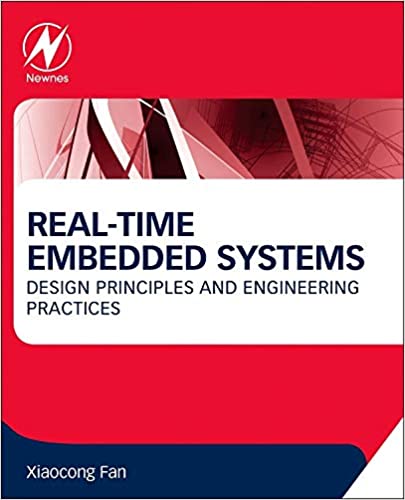
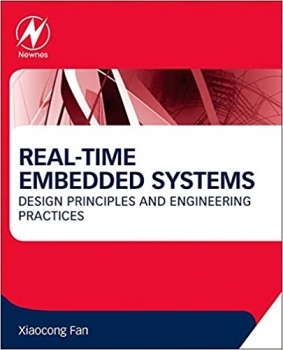
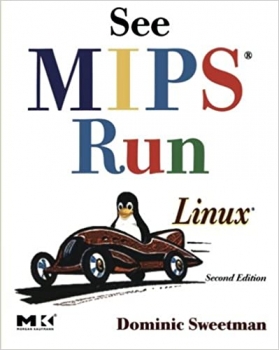
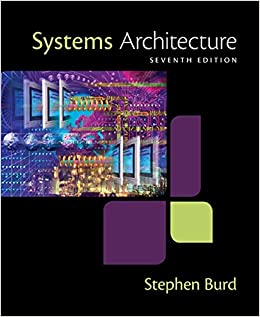
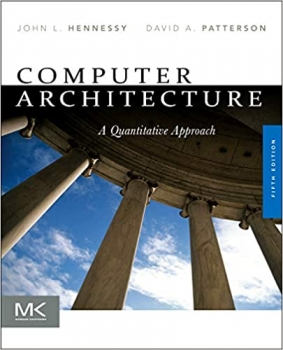
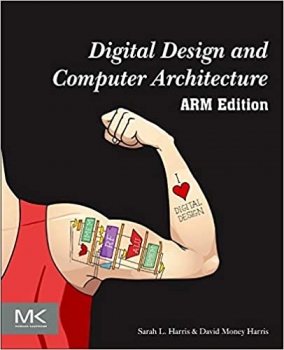


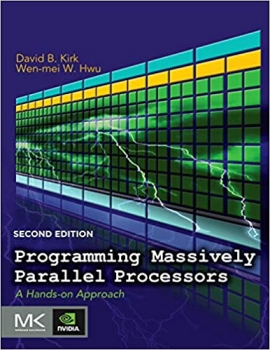



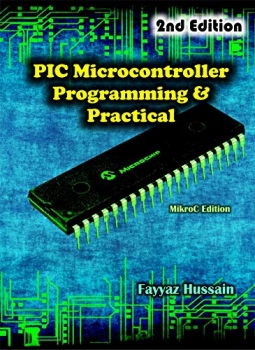
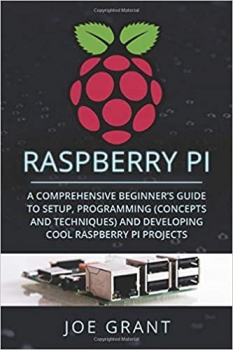

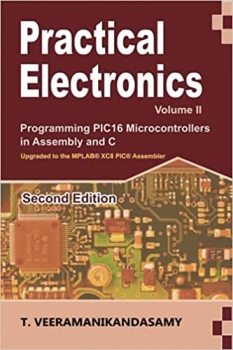






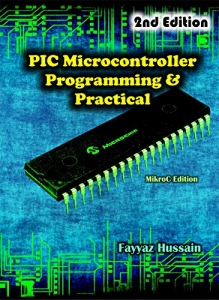
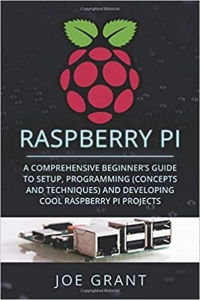






ارسال نظر درباره کتاب Real-Time Embedded Systems: Design Principles and Engineering Practices